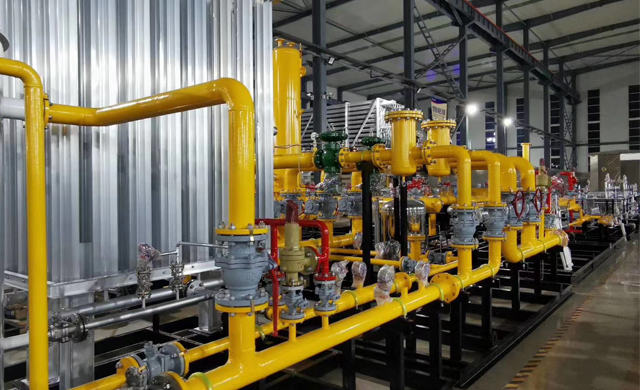
Dec . 05, 2024 19:12
Back to list
Ensuring Safe Operation of Natural Gas Systems with Reliable Safety Valves
Understanding Natural Gas Safety Valves A Crucial Component for Safety
Natural gas is a vital energy source that powers homes, businesses, and various industrial applications. Its widespread use, however, also comes with inherent risks, making safety a priority in its distribution and usage. One of the key components designed to mitigate these risks is the safety valve. In this article, we will explore the significance, types, functioning, and maintenance of natural gas safety valves.
What is a Natural Gas Safety Valve?
A natural gas safety valve is a mechanical device designed to protect gas systems from overpressure situations that could lead to catastrophic failures, including explosions or leaks. These valves automatically release gas from the system when the pressure exceeds preset levels, thereby preventing potential hazards. Due to their essential role in ensuring the safe operation of natural gas systems, safety valves are mandated by various regulations and standards worldwide.
Types of Safety Valves
There are several types of safety valves used in natural gas applications, each serving specific needs
1. Pressure Relief Valves (PRV) These valves are primarily designed to release excess pressure from a system. When the internal pressure rises above a specific threshold, the PRV opens to allow gas to escape, thus preventing potential damage.
2. Relief and Vent Valves These valves function similarly to PRVs but are often employed in operational situations where venting gas is necessary to maintain safe pressure levels.
3. Safety Shutoff Valves These valves are designed to automatically shut off the gas supply in emergency conditions. For instance, if a leak is detected or if systems operate abnormally, these valves prevent further gas flow, significantly reducing the risk of explosion or fire.
natural gas safety valve

4. Combination Valves Integrating the functions of both PRVs and shutoff valves, combination valves provide comprehensive safety solutions in gas systems. They not only relieve pressure but also ensure that no gas can escape during an emergency.
How Safety Valves Work
The operation of safety valves primarily relies on pressure differentials. Most valves are fitted with a spring mechanism that holds the valve closed against internal pressure. At normal operating conditions, the pressure within the system is stable, and the valve remains shut. Once the pressure exceeds the designed limit, the force exerted by the gas overcomes the spring tension, causing the valve to open. This action allows gas to escape safely, reducing the pressure to a manageable level.
For safety shutoff valves, they are typically equipped with sensors that detect anomalies, such as high pressures or gas leaks. Upon detection, the valve is triggered to close automatically, sealing off the gas supply and preventing further hazards.
Importance of Regular Maintenance
Like any mechanical device, natural gas safety valves require regular maintenance to ensure their optimal performance. Routine inspections should include checking for signs of wear, corrosion, or any debris that may impede functionality. Calibration of pressure settings is also crucial to ensure valves react accurately to overpressure situations.
Moreover, regular testing of both safety relief and shutoff valves is essential. This includes functional tests to verify that the valves open and close as intended under simulated conditions. By adhering to maintenance protocols, the risk of valve failure can be greatly reduced, ensuring a safe environment for natural gas operations.
Conclusion
In conclusion, natural gas safety valves are essential components in protecting against the potential dangers associated with gas usage. Their ability to monitor, regulate, and thwart excessive pressure situations significantly contributes to public safety and environmental protection. As the reliance on natural gas continues to grow, understanding the function and importance of safety valves becomes increasingly critical. Regular inspection and maintenance of these valves not only ensure compliance with safety regulations but also enhance the reliability of gas systems, reaffirming their role as guardians of safety in the energy sector.
Latest news
-
Safety Valve Spring-Loaded Design Overpressure ProtectionNewsJul.25,2025
-
Precision Voltage Regulator AC5 Accuracy Grade PerformanceNewsJul.25,2025
-
Natural Gas Pressure Regulating Skid Industrial Pipeline ApplicationsNewsJul.25,2025
-
Natural Gas Filter Stainless Steel Mesh Element DesignNewsJul.25,2025
-
Gas Pressure Regulator Valve Direct-Acting Spring-Loaded DesignNewsJul.25,2025
-
Decompression Equipment Multi-Stage Heat Exchange System DesignNewsJul.25,2025

